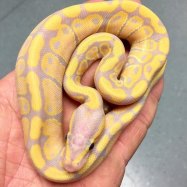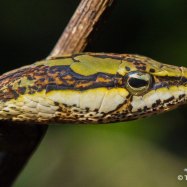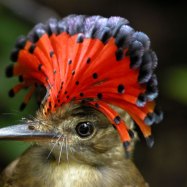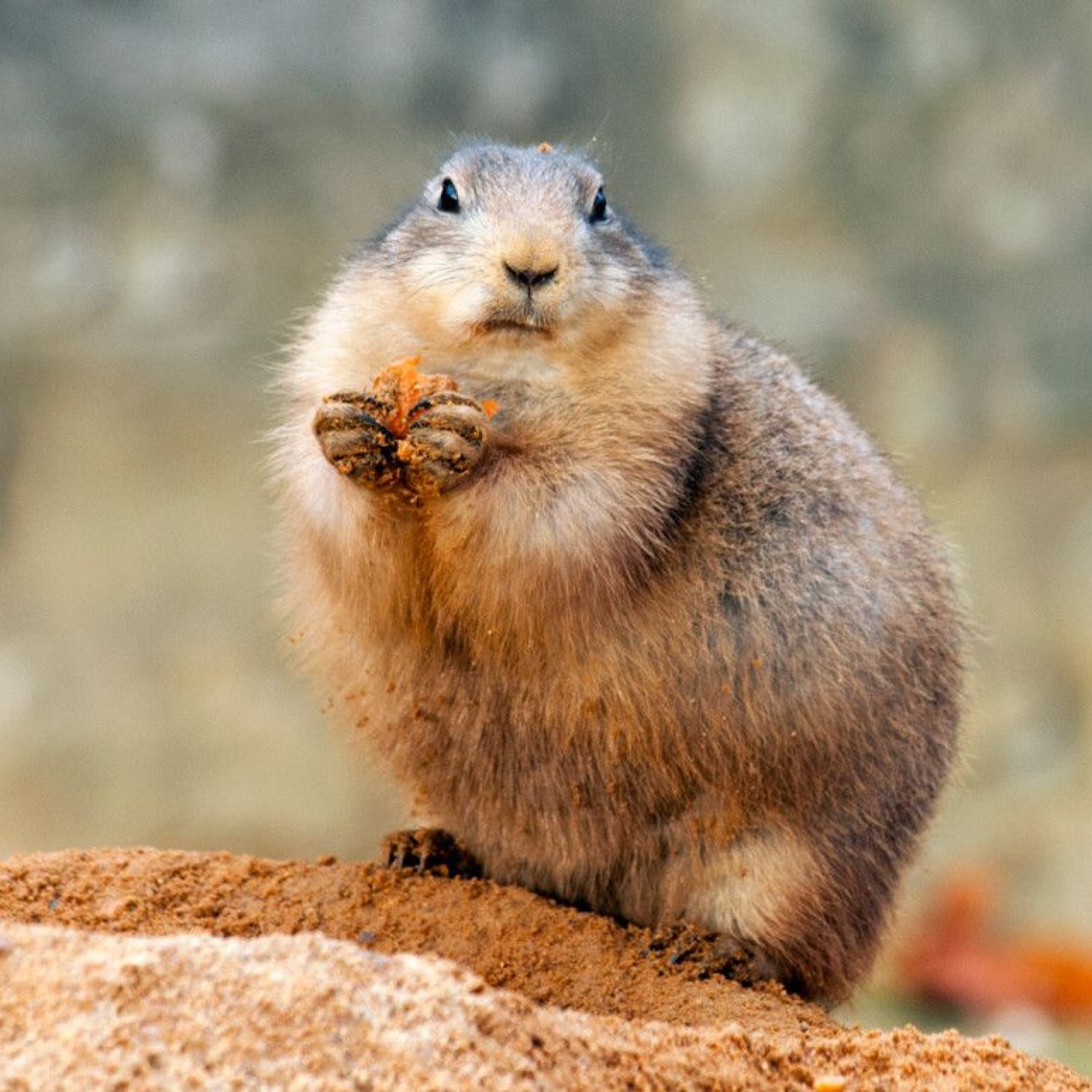
Gopher
6 to 8 inches
Gophers are small, stocky animals measuring 6 to 8 inches in length, found in various regions of North America. They belong to the family Geomyidae and are known for their strong digging abilities. These cute critters play an important role in their ecosystems by aerating the soil and creating tunnels. So next time you see a gopher, appreciate its important role in the environment! #Gophers #NorthAmerica #Geomyidae
Animal Details Summary:
Common Name: Gopher
Kingdom: Animalia
Habitat: Grasslands, meadows, forests
The Curious Gopher: A Stocky and Resourceful Rodent
Amid the sprawling grasslands, meadows, and forests of North and Central America, there's a curious creature that often goes unnoticed due to its subterranean lifestyle. However, this little animal plays a vital role in the ecosystem and is known for its resourcefulness and ingenuity – the gopher.Scientifically known as Thomomys, the gopher is a small mammal belonging to the rodent family Geomyidae. Its common name, gopher, is derived from the French word "gaufre," which means "honeycomb Gopher." This name is fitting as gophers are known for their extensive tunnel systems that form complex networks underground.
Gophers belong to the kingdom Animalia, phylum Chordata, and class Mammalia, making them close relatives of other popular rodents such as mice, squirrels, and beavers. They are part of the order Rodentia, which includes around 2,277 species of mammals, making them one of the largest and most diverse mammalian orders.
Unlike other rodents that can be found all over the world, gophers have a more limited geographic distribution. They are mainly found in various regions of North America, with some species extending into Central America. The United States is considered the country of origin for gophers, where they are most abundant.
The gopher's physical appearance is not flashy, but it does have distinct features that make it stand out from other rodents. They have a stocky and compact body shape, with short legs and small, round ears. On average, gophers measure 6 to 8 inches in length and can weigh anywhere from 4 to 18 ounces, depending on the species Giant Armadillo.
One of the most interesting aspects of gophers is their coloration. While many people may imagine them as brown or gray, gophers actually come in a range of colors. Different species can have fur that is brown, gray, or even black, allowing them to better blend in with their surroundings. This variation in coloration serves as a natural defense mechanism against predators, making gophers less visible in their habitats.
Gophers are primarily herbivorous, meaning they mainly feed on plants. Their diet consists of various grasses, roots, bulbs, and other vegetation that they can find underground. This feeding method is one of the reasons they are often considered pests by farmers and gardeners, as they can cause damage to crops and landscapes.
However, gophers' herbivorous feeding behavior is essential to their role in the ecosystem. By digging and foraging underground, they help aerate the soil and distribute nutrients, making it more fertile for other plants to grow. They also help control weed growth and prevent erosion by creating tunnels that act as natural drainage systems.
Although gophers may seem like solitary animals, they are remarkably social and live in large colonies. Each colony can consist of dozens of individuals, with one dominant male at the top. Other members of the colony include females and their young, all working together to maintain and expand their underground network of tunnels.
The reproductive behavior of gophers is also fascinating. They have live births, meaning the young, called pups, are born fully developed and not in the form of an egg. Females can give birth to several litters per year, with an average of three to six pups per litter. The pups stay with their mother until they are able to venture out on their own, typically around five weeks of age.
While gophers may be seen as pests by some, their remarkable abilities and role in the ecosystem are undeniable. Their fearlessness in digging and navigating underground has even inspired technology, with machines called "gopher machines" used in construction and mining projects.
Apart from their ecological significance, gophers also play a significant role in traditional Indigenous cultures. In Native American mythology, gophers are considered magical creatures that represent resourcefulness and ingenuity. They are also used as symbols of protection and guidance, and their fur is often used in spiritual practices and ceremonies.
Despite their cultural significance and importance in the ecosystem, gophers face threats in their habitats. Urban development, agriculture, and the spread of invasive species have all contributed to the decline of gopher populations in certain regions. However, many organizations and conservation efforts are dedicated to protecting and preserving gophers and their habitats.
In conclusion, the gopher may seem like a small and unassuming animal, but it plays a crucial role in the natural world. From its unique physical characteristics to its herbivorous feeding and impressive tunneling abilities, the gopher is a fascinating creature that deserves our admiration and respect. So the next time you come across one of these little rodents, take a moment to appreciate their resourcefulness and importance in the ecosystem.

Gopher
Animal Details Gopher - Scientific Name: Thomomys
- Category: Animals G
- Scientific Name: Thomomys
- Common Name: Gopher
- Kingdom: Animalia
- Phylum: Chordata
- Class: Mammalia
- Order: Rodentia
- Family: Geomyidae
- Habitat: Grasslands, meadows, forests
- Feeding Method: Herbivorous
- Geographical Distribution: North and Central America
- Country of Origin: United States
- Location: Various regions in North America
- Animal Coloration: Brown, gray, black
- Body Shape: Stocky, compact
- Length: 6 to 8 inches
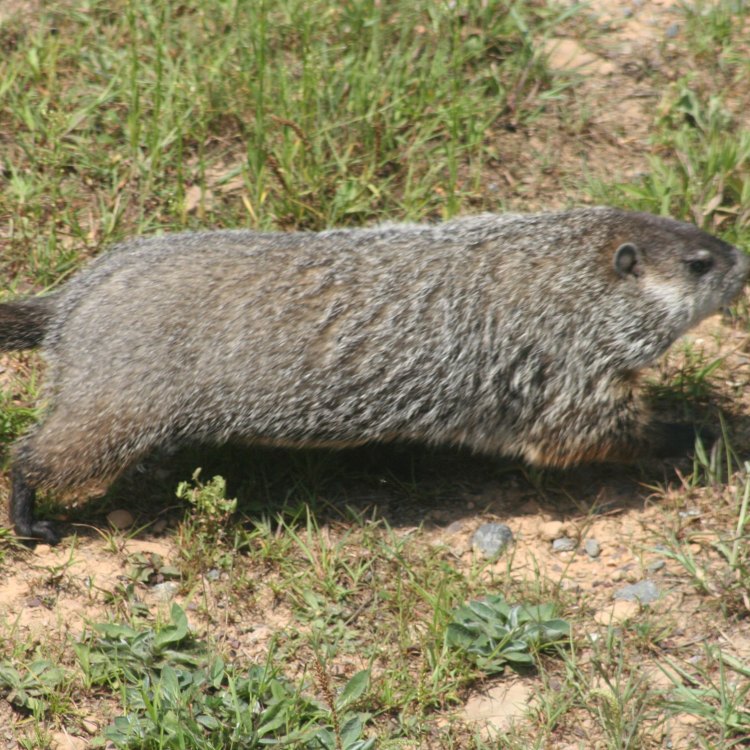
Gopher
- Adult Size: 6 to 10 inches
- Average Lifespan: 2 to 3 years
- Reproduction: Sexual
- Reproductive Behavior: Seasonal breeding
- Sound or Call: Grunting, squeaking
- Migration Pattern: Non-migratory
- Social Groups: Solitary
- Behavior: Burrowing
- Threats: Habitat loss, predation, human activities
- Conservation Status: Least Concern
- Impact on Ecosystem: Create burrows that provide shelter for other animals
- Human Use: None significant
- Distinctive Features: Large front teeth, long claws
- Interesting Facts: Gophers are excellent burrowers and can create elaborate tunnel systems underground.
- Predator: Owls, hawks, snakes, coyotes, foxes
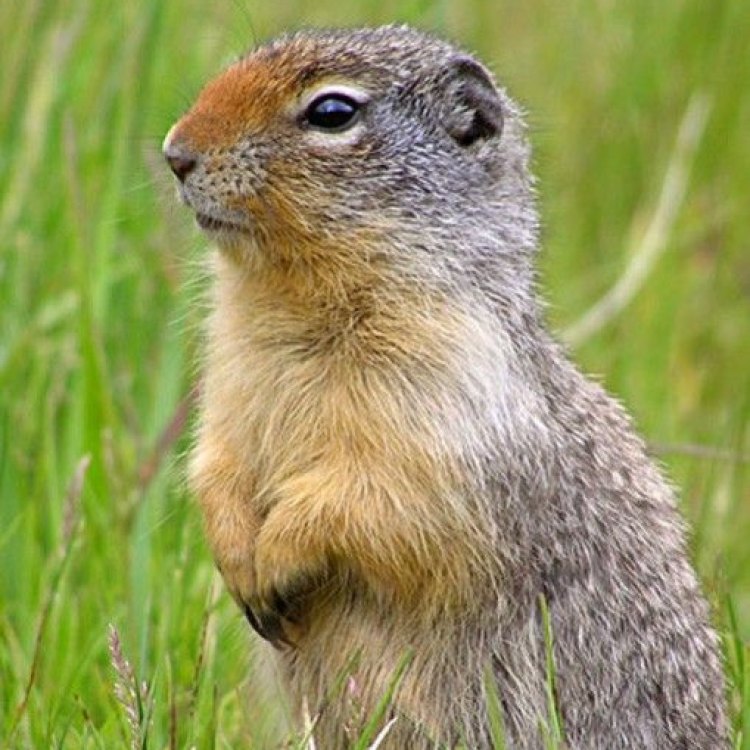
Thomomys
The Fascinating World of Gophers: Masters of the Underground
Deep in the underground world, a tiny creature roams freely, creating intricate pathways that baffle even the most sophisticated creatures on the surface. This creature, known as the gopher, may not have the charm of other familiar animals, but they certainly have mastered the art of underground living. Day in and day out, these small but mighty rodents live their lives digging through the earth, making them one of the most fascinating species in the animal kingdom.The gopher, also known as pocket gophers, belongs to the family Geomyidae, and there are about 35 species found across North and Central America PeaceOfAnimals.Com. They are expert burrowers, equipped with unique features that allow them to thrive in the underground world and play a crucial role in maintaining ecosystems. In this article, we will take a closer look at these elusive creatures, their distinctive features, behaviors, and the impact they have on their environment.
Size and Lifespan
Gophers are small mammals, measuring a mere 6 to 10 inches in length. They have relatively large front teeth and long claws, which are their most distinctive features. These specialized digging tools allow them to burrow through the soil with ease, creating intricate networks of tunnels and dens. Gophers' front teeth never stop growing, and they must constantly gnaw on vegetation and roots to keep them at a manageable length.On average, gophers can live for 2 to 3 years. However, in captivity, they have been known to live up to 5 years. Their short lifespan is due to the many threats they face in the wild Golden Saint. But even in their short lives, gophers play a crucial role in maintaining the balance of their ecosystem.
Reproduction and Behavior
Like most mammals, gophers reproduce sexually, with females giving birth to litters of 6 to 12 pups at a time. Their reproduction is seasonal, with mating occurring in the spring and summer months. Male gophers may have multiple female partners, but once the females give birth, they become fiercely territorial, protecting their young fiercely from other gophers.Gophers are solitary creatures, preferring to live alone in their burrows, only coming together during the breeding season. Their burrows can vary in size, but they can cover up to 2,000 square feet in underground space. Each burrow has multiple chambers for nesting, food storage, and waste disposal. These networks of tunnels also provide protection from predators and harsh weather conditions.
Sound and Migration Patterns
Gophers may live underground, but they are not entirely silent creatures. In fact, they can communicate through a range of sounds, including grunting and squeaking. Their calls serve as a warning to intruders and also play a role in social interactions between gophers.Unlike other animals, gophers do not migrate. They are non-migratory and stay within their territory throughout their lives. However, they may travel short distances above ground to search for food or look for new areas to establish their burrows.
Threats and Conservation Status
Gophers may have mastered the art of underground living, but they face numerous threats in the wild. Their most significant threat is habitat loss due to human activities such as urban development, agriculture, and logging. The destruction of their burrows can disrupt their entire underground ecosystem and put them at risk of predation.Speaking of predators, gophers have plenty of them. Owls, hawks, snakes, coyotes, and foxes are just some of the animals that prey on gophers. These small rodents have adapted to this constant danger by having an excellent sense of hearing and being able to detect vibrations in the soil from far away. They can also quickly escape through their network of tunnels.
However, despite these threats, gophers are currently listed as Least Concern on the IUCN Red List of Threatened Species. They have a wide distribution range and are found in various habitats, which adds to their resilience as a species.
Impact on Ecosystem
Gophers may seem like insignificant creatures, but they play a crucial role in their ecosystem. Their burrowing behavior has a significant impact on the soil, aerating it and allowing for better water and nutrient absorption. They also help to disperse seeds and create new habitats for other animals.But perhaps their most fascinating contribution is the creation of burrows that provide shelter for other animals. These tunnels are used by a variety of creatures, including reptiles, amphibians, and even insects. Gophers' underground world is a bustling ecosystem in itself, and without them, it would not exist.
Human Use and Interesting Facts
Gophers may be mysterious and elusive creatures, but they do not have any significant use in human life. In fact, their burrowing behavior can sometimes be seen as a nuisance, especially to farmers and gardeners. But despite this, gophers are fascinating animals with incredible skills and abilities.One of their most interesting facts is their ability to dig through the ground at a remarkable speed of up to 14 feet per hour. This means they can create elaborate tunnel systems in a short amount of time. They can also move a significant amount of soil, which can sometimes accumulate in massive piles, also known as mounds, on the surface of the ground.
Lastly, one of the most remarkable things about gophers is their resilience. They have adapted to living in a dark, underground world, facing constant dangers, and yet they thrive. Their unique features and behaviors have enabled them to overcome various challenges and maintain their vital role in their ecosystem.
The Balance of Nature
In conclusion, gophers may not be the most attention-grabbing animals, but they certainly have unique and fascinating qualities that make them stand out. Their ability to create intricate tunnel systems, their resilience in the face of threats, and the critical role they play in their ecosystem all make them a species worth learning about and protecting.As we continue to encroach on their habitats, it is essential to remember that every creature, no matter how small, has a purpose in maintaining the balance of nature. We must strive to find ways to coexist with gophers and other wildlife, respecting their space and recognizing the impact they have on the world around us. Let us all appreciate the fascinating world of gophers and work towards preserving it for generations to come.
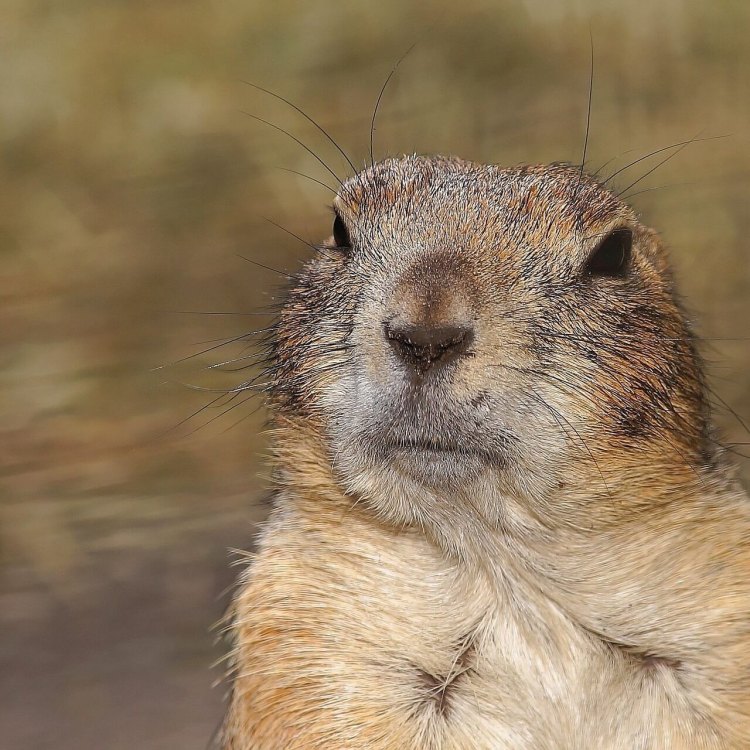
The Curious Gopher: A Stocky and Resourceful Rodent
Disclaimer: The content provided is for informational purposes only. We cannot guarantee the accuracy of the information on this page 100%. All information provided here may change without prior notice.







